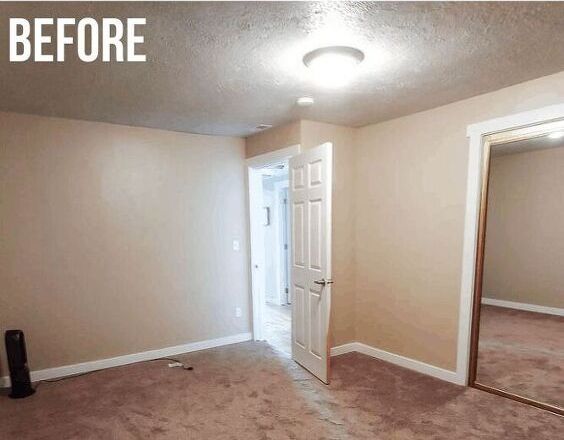
Step 1. Remove everything from the ceiling.
Start by removing fixtures from your ceiling, including lights, chandeliers, air vents, and anything else that is attached to your ceiling.
Step 2. Locate the ceiling joists.
Before you begin nailing, find the ceiling joists with a stud finder.
Step 3. Attach the shiplap planks.
Instead of joists, we had sheets of plywood right above our ceiling, so we were able to nail right into the plywood which worked perfectly.
Ideally, the joists and planks should run perpendicular to each other.
After attaching the furring strips into the joists, you can nail the planks directly into the furring strips.

As you begin nailing, make sure you are holding your nail gun at a 45 degree angle. This will prevent the planks from shifting against the other boards and straining the enforcements above.
To Keep Reading Please Head On Over To Next Page Or Open button (>) and don’t forget to SHARE with your Facebook friends
